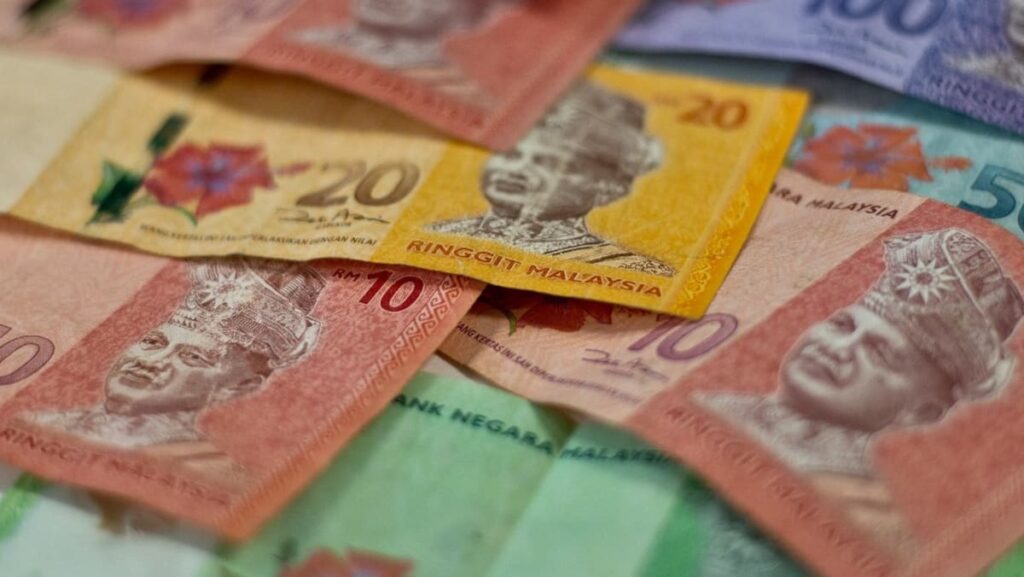RISE OF THE NON-TRADABLE SECTOR
One consequence of the rise of the non-tradable sector in the economy is the relative decline in the role of trade. The share of trade (exports and imports) in the GDP, or trade ratio, has declined from a peak of 220 per cent in 2000 to less than 150 per cent in recent years.
Not surprisingly, the country’s current account balance (comprising trade balance surplus, net outflows from workers’ compensation and net investment income) as a percentage of GDP has also declined from 17 per cent in 2008 to 1.6 per cent in 2023.
Both the trade ratio and current account GDP percentage seem to have stabilised around 140 per cent and 2.4 per cent, respectively, in the five years before the pandemic.
The decline in the current account balance also reflects an important factor underlying these long-term structural changes, which is the decline in the savings-investment gap amid lower savings rates. This decline essentially means that the economy will need significant increases in foreign investment for robust growth in the future.
In particular, the long-term lethargy in investment (as a share of GDP) since the Asian Financial Crisis in the late 1990s, especially in the tradable sector, would have driven the relative decline of this sector.
One consequence of the rise of the non-tradable sector is higher average inflation over time. Inflation tends to be higher in the non-tradable sector compared to the tradable sector due to lower productivity and less exposure to international competition. This could be a factor underlying the higher inflation in Malaysia compared to its major trading partners in the past decade.
This is another facet of the lower real effective exchange rate as higher domestic inflation (relative to its trading partners) erodes the purchasing power of the ringgit, which is then expected to depreciate in the long run.
Overall, it is plausible that the long-term fundamentals of the Malaysian economy have indeed shifted in the form of an increase in the relative size of the non-tradable sector, lower trade ratio and lower current account GDP percentage. This has resulted in a lower long-term external balance equilibrium that would be associated with a lower real exchange rate.
If this argument is correct, the recent appreciation of the ringgit is likely to be transitory in nature and, as such, not likely to be sustainable in the long run.
Cassey Lee is Senior Fellow and the Coordinator of the Regional Economic Studies Programme at the ISEAS – Yusof Ishak Institute. This commentary first appeared on ISEAS – Yusof Ishak Institute’s blog, Fulcrum.
https://www.channelnewsasia.com/commentary/malaysian-ringgit-strengthen-us-dollar-currency-economy-trade-inflation-4684856


